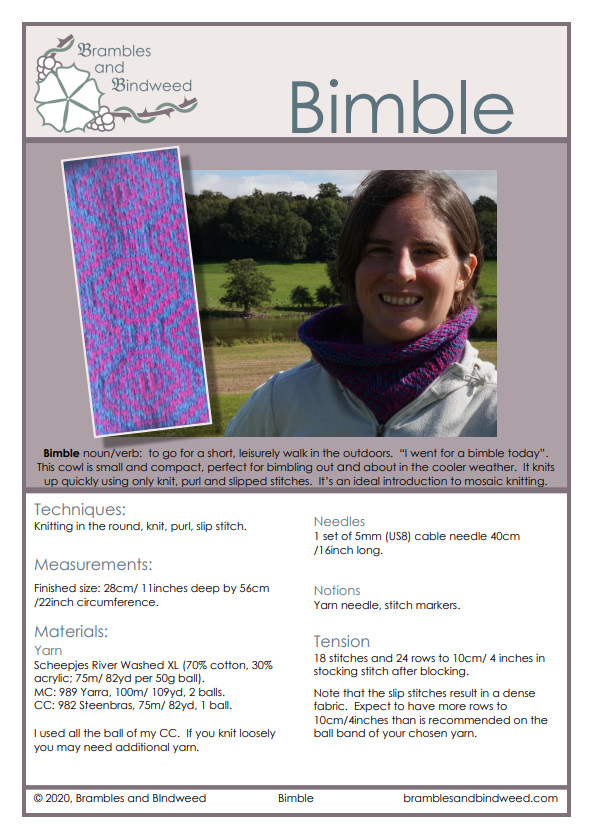Technical Editing Services
This page list the various tech editing services that I offer for knitting patterns. You can find more information on the process here, read some testimonials from my clients, or contact me if you have any queries.
As a minimum, I will check the pattern to ensure:
- All the necessary elements are present.
- That the pattern flows logically and each section is clear.
- That all terminology is consistent throughout the pattern.
- That all the abbreviations that have been used are listed, and that no abbreviations are listed that have not been used.
- The pattern complies with a stylesheet (if you provide one).
- All the numbers are correct. This includes tension (gauge), stitch count, sizing etc.
- Spelling, punctuation and grammar are correct.
In addition, I also provide the following services:
Charts
I will check charts for accuracy, to see if they are actually knittable, and if they work with the stitch counts of your pattern. I will check that the accompanying written instructions match the chart. I can create a chart from written instructions, generate written instructions that follow your stylesheet for a chart, or produce both a chart and written instructions from a sketch that you provide. The charting software I use most often is Stitchmastery.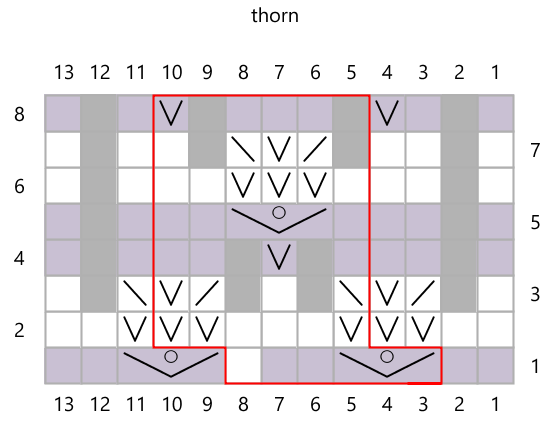
Schematics
Schematics are essential when designing garments as they can provide concise and clear information about sizing and construction for the knitter. Construction diagrams can also be useful for accessories with unusual construction techniques – images can often convey information more easily than words. I generate schematics and diagrams using Inkscape. This produces vectorised images which remain sharp and detailed at any scale.
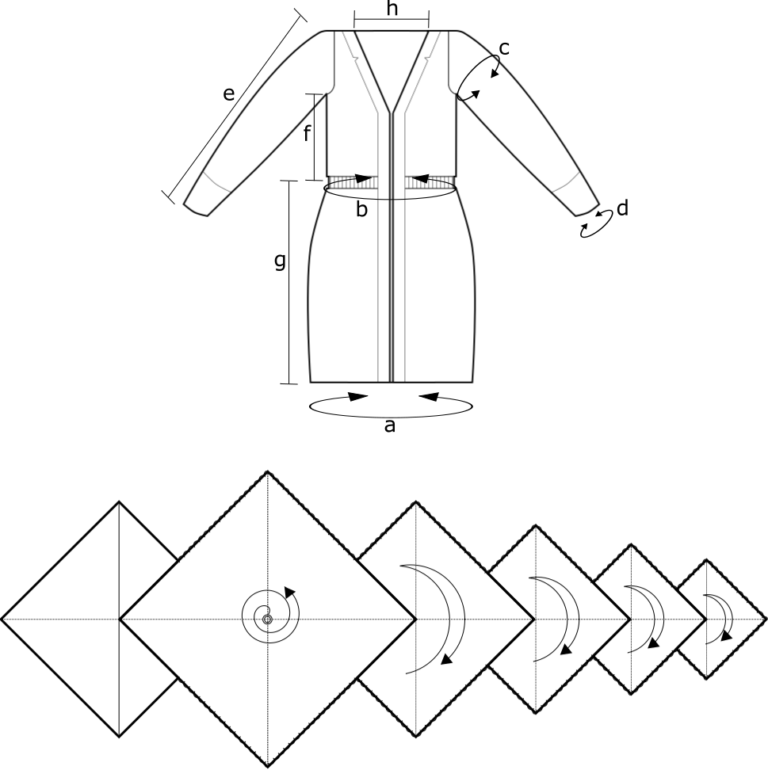
Grading
Size grading is crucial to ensure that patterns are available to all who might want to knit them. I have some experience in dressmaking and bring this knowledge of clothing construction, lengthening, shortening and grading patterns to grading garments for knitting. I am currently grading my own designs, but am not yet routinely offering this as part of my tech editing. If you are interested in having patterns graded, do please get in touch and we can discuss further.
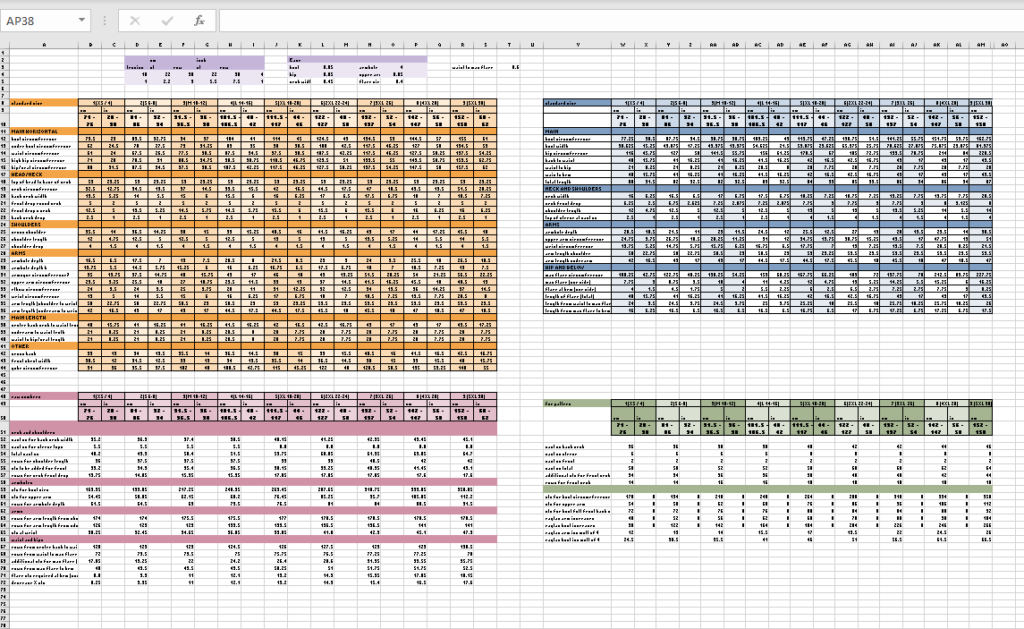
Accessibility
I can advise on making patterns accessible for as many people as possible. This includes guidelines for low vision accessible patterns and compatibility with screen readers. I can check your pdf for navigational tags, provide alt text for images, potentially find issues around layout, use of abbreviations and punctuation. I will test the pdf with NVDA screen reader software. I have completed Renee Van Hoy’s course on Creating Accessible Patterns for the Blind and Print Challenged.
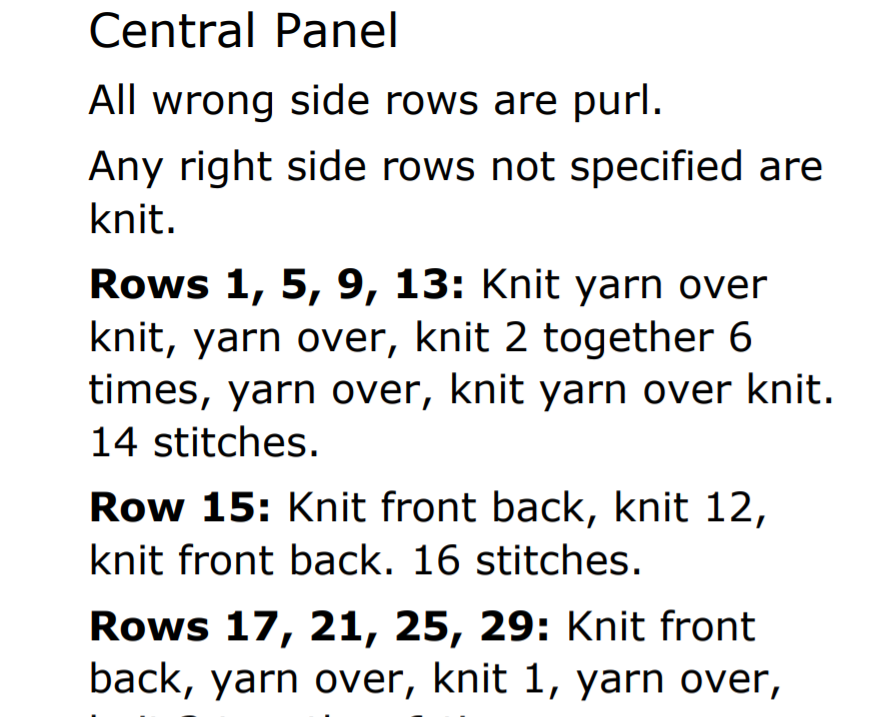
Stylesheets and templates
Consistency is the key to good pattern writing. Stylesheets can provide consistency within a pattern by stipulating how the instructions should be formatted, which abbreviations should be used, what information should be included and where. Templates can provide consistency across patterns, as they ensure all patterns follow a similar layout and colour palette distinctive to the designer.
I can work with you to develop your own stylesheet, pattern template, or both. For templates I prefer to work in word as I believe that most people have access to word over other publishing software. Also, word has powerful tools built in which can help with accessibility (see below).
